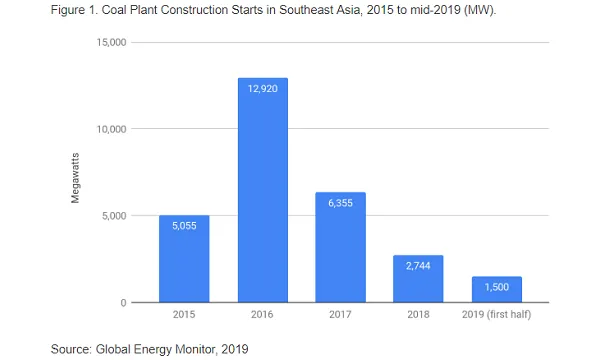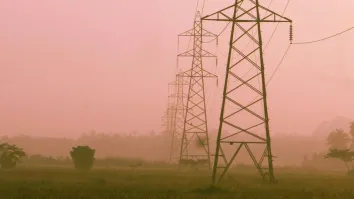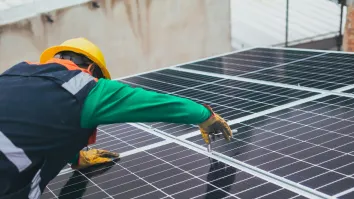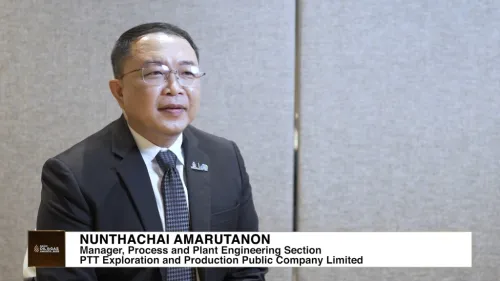
Construction of Southeast Asia's coal plants stalls in H1
Only 1,500MW entered construction in H1 2019, following 2,744MW in 2018.
Despite Southeast Asia being heralded as a major growth region for the coal industry, only Indonesia saw new coal-fired power enter into construction in the first six months of 2019, according to the Global Energy Monitor (GEM).
This year is shaping to be the second in a row in which the regional coal pipeline has declined sharply, with 1,500MW entering construction in the first six months of 2019, following only 2,744MW entering construction during 2018.
Beyond construction, the amount of coal plant capacity in pre-construction stages in Southeast Asia also continues to contract, shrinking 52% from 110,367 MW in mid-2015 to 53,510 MW in mid-2019.
“With so few projects moving from pre-construction to construction, a continuation of recent trends will mean that most of the remaining 53,510 MW in pre-construction development is more likely to be cancelled rather than implemented,” GEM said.
According to GEM, whilst Southeast Asia is in fact home to three of the world’s top ten largest coal power pipelines, the low rate of new construction and quickly declining pipeline suggests much of this capacity will not be realized.
GEM noted that Southeast Asia is leaning towards a shift from coal to renewables, marked by major shifts like Thailand removing the 800 MWKrabi and 2,200MW Thepa coal plants and adding 2,700MW of floating solar to its power development plan, and the delay in 93% of Build-Operate-Transfer (BOT) coal plants in Vietnam.
“Traditional coal importing markets such as Thailand and Taiwan have already made a clear pivot away from coal,” said Ted Nace, executive director of GEM. “Whilst we will no doubt see some new coal plants coming online in countries such as Vietnam and Indonesia, the conclusion is rapidly being drawn that renewable energy is a smarter option to drive their economies.”



















 Advertise
Advertise







